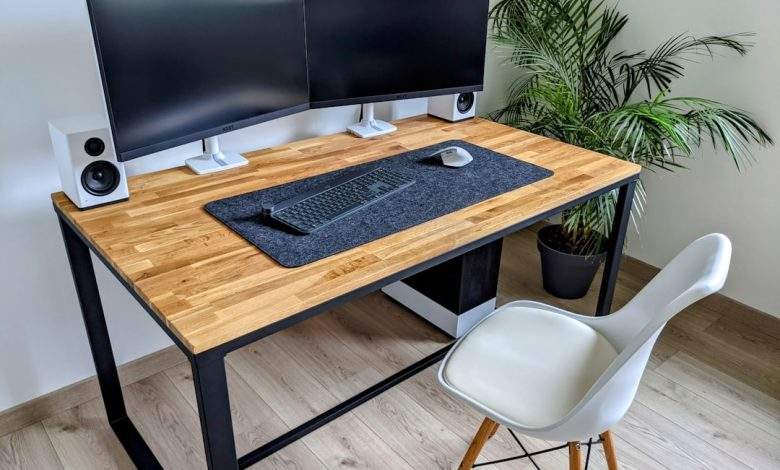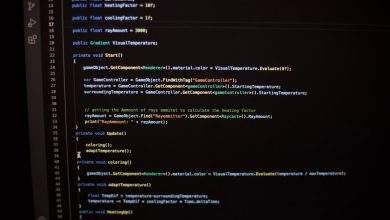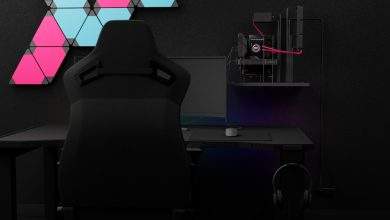
Desk with PC Holder: Essential Features to Look For
When setting up a workspace, whether at home or in the office, choosing the right desk is crucial for productivity and comfort. A desk with a built-in PC holder is a smart investment, particularly for anyone using a desktop computer. These desks offer improved cable management, better airflow for your computer, and efficient space optimization. However, not all desks are made equal. Before purchasing, it’s important to understand the key features that make a desk with a PC holder both practical and durable.
1. Integrated PC Holder Design
The primary feature of interest is, of course, the PC holder. Some desks include a CPU stand beneath or attached to the side of the desk. This stand should be elevated slightly off the floor to prevent dust accumulation and to allow for ventilation.
- Positioning: The holder should allow for easy access to the rear of the PC, making ports and cables readily available.
- Adjustability: An adjustable or removable holder is a major plus, offering flexibility for various tower sizes.
- Stability: Ensure the stand is sturdy and capable of supporting the weight of your PC without wobbling or tipping.
2. Build Quality and Materials
A high-quality desk should be made of durable materials, offering both stability and longevity. Common materials include MDF boards, solid wood, and engineered metal frames. A combination of steel and treated wood ensures the desk can withstand daily wear and tear while maintaining its appearance.
[ai-img]modern desk, pc setup, office furniture[/ai-img]In general, desks with metal Z- or L-shaped frames offer better load distribution. Also, if the desk includes shelves or drawers, the sliding mechanisms should be smooth and metal-reinforced.
3. Cable Management Systems
Good cable management is necessary for both aesthetics and function. A desk with a PC holder should include built-in cable grommets or channels to keep wires out of sight and tangle-free.
- Grommet Holes: These allow cables to pass through the surface neatly.
- Under-desk Trays: Ideal for power strips and adapter bricks.
- Hooks and Clips: Excellent for guiding longer wires along corners and undersides.
4. Ergonomics and Space Optimization
A well-designed desk aligns with ergonomic principles. For example, the monitor should be at eye level and the keyboard and mouse positioned to keep arms at a 90-degree angle. A built-in PC holder can free up surface space, allowing for smoother monitor placement and arm movement.
Look for models that feature:
- Rounded Edges: To reduce strain and injury risk when typing or using a mouse for long hours.
- Footrests: Some desks come with a built-in bar for resting feet.
- Corner or L-shaped configurations: These maximize usable space in smaller rooms.
5. Ventilation and Cooling Considerations for the PC
Desktop computers generate significant heat, especially under high workload conditions. A PC holder should promote airflow around the unit. Avoid enclosed cabinets unless they feature ventilation cut-outs or mesh panels.
[ai-img]computer tower, airflow, pc ventilation[/ai-img]If your system has side air intake or exhaust fan systems, ensure the holder does not block these areas. Some advanced desks even feature built-in fans or mesh platforms to further improve air circulation.
6. Aesthetic Compatibility
Functionality should never come at the expense of design, especially for professional office settings. Choose a desk that complements your existing furniture and overall room decor. Finishes such as walnut, oak, or matte black often offer a professional look while blending with various color schemes.
7. Ease of Assembly
No one wants to spend an entire day assembling a desk. Detailed instructions, labeled components, and included tools simplify the process. Some brands provide video tutorials to guide users step-by-step.
Opt for desks with modular pieces and labeled hardware. This not only makes initial setup easier but can be a blessing if you ever need to disassemble and move your workstation.
Conclusion
Choosing a desk with a PC holder is more than just about saving space—it’s about creating a functional, ergonomic, and aesthetically pleasing workspace. By focusing on critical features such as build quality, ventilation, cable management, and ergonomic design, you can ensure a wise and long-term investment in your productivity and comfort.
Remember to always measure your available space and PC dimensions before purchasing a desk. With foresight and attention to detail, you can build a modern workstation that supports not only your computer but your efficiency and health as well.



